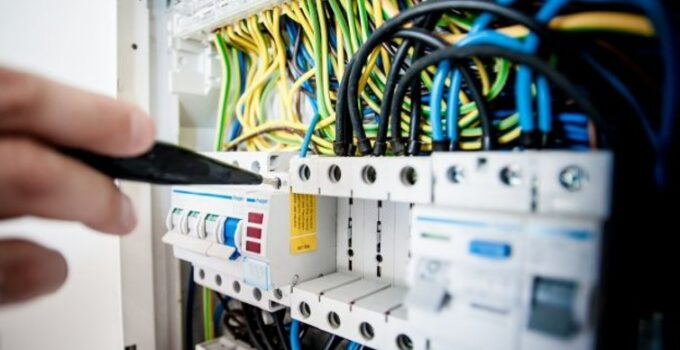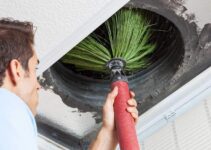Our houses are loaded with electronics. We are surrounded by technology everywhere, from a small doorbell to a giant washing machine. They work better than humans, but they can be extremely dangerous when they fall ill. Ill? Don’t worry – here, by ill; we mean having faults in their system.
Have you witnessed a minor short circuit in your house while plugging an electrical appliance? Have you tried to find the cause of it? It was because the equipment might be faulty somewhere. It could be due to anything ranging from loose wiring to earthing issues or a burned fuse or motor. Ultimately, shocks and burns are the results of this! It is where the need for Portable Appliance Testing (PAT) develops.
PAT testing effectively ensures that portable electronic gadgets are safe to use and all components within them are intact. But what does this procedure involve, and can one do it alone? Well, that is tough to decide as this process entails performing insulation tests and inspecting the in and out of plugs, cables, and external casing.
Can You Do PAT Testing Of Your Electronic Devices?
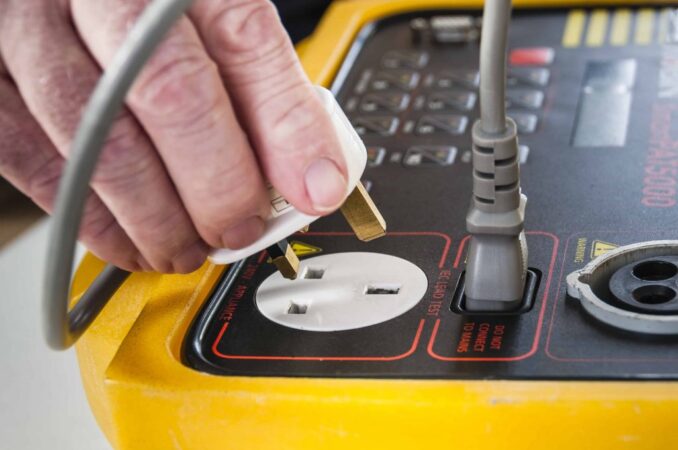
Source:surreyfire.co.uk
Whether you will be able to do PAT testing or not – you can indeed settle after reading the text ahead, but first, it is essential to know that PAT testing involves three levels.
You should not attempt to test electronics yourself unless you are informed about the internal workings of electrical equipment and proficient in handling them properly under test settings. Otherwise, you risk endangering yourself or others. However, with the help of three levels, you may still help with the portable appliance assessment process. So, let’s see what those levels are:
User Audit
The ability to do a user assessment is available to anybody who uses portable electronic appliances. Before each usage, it is just necessary to check the gadget, together with its cord and socket, to assure there are no apparent problems or dangers.
Although it isn’t required, having some knowledge gives you the necessary understanding of what to watch out for and what precautionary steps to take. User audit majorly relies on common sense. For example, a device that has visible faulty wiring or burn marks is a clear indication of a problem. In this case, repair or replacement is the only resort!
Regular Visual Audit
Looking at the device from the outside is insufficient to assure its long-term upkeep. Depending on the assessed level of risk, periodic regular safety audits are needed to ensure everything is operating as it should on the inside and outside.
Go for this level only if you have some training or knowledge about electrical appliances. Understanding how to operate, assemble and disassemble the gadget is a must. Only then you will be able to identify the actual issue.
Working With A Knowledgeable Person
Imagine you want to fix a gadget, and no professional is available. What would you do then? Search for a friend or family member with good knowledge about handling electrical systems. With their help, you check the quality of the system. Additionally, their constant guidance can save you from potential hazards.
This level involves using the above two ones as well. Sometimes the issues are easily visible, so inspection really helps. On the other hand, sometimes the concern is severe and cannot be detected easily – it is where a trained or knowledgeable individual can be of aid.
Checklist To Follow In Self-Administered PAT Testing
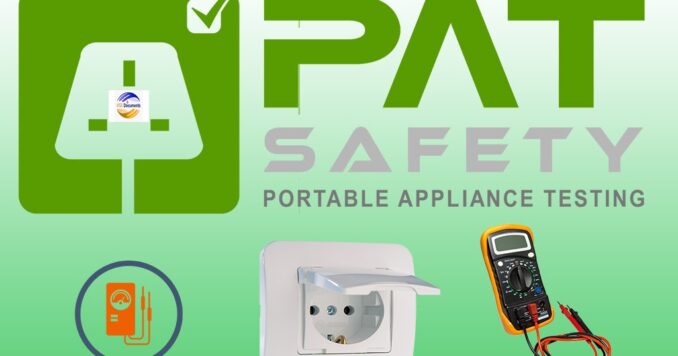
Source:hsedocuments.com
- Always wear a rubber glove as it may protect you against shock.
- Gather appropriate tools that will help you in assembling parts of the device.
- Check whether the supply lead or cable has been damaged.
- Any issue with the plug should be attended to.
- Look whether coloured wires are visible.
- Determine the damage to the equipment’s outside shell, if any.
- Touch and inspect if your device is heating on use.
- Notice the colour change of instruments. Generally, gadgets change their colour on heating.
- Look for internal damage or water damage, if any.
- Ensure that the appropriate fuse is installed.
- Terminals are not to be ignored as that point is the most affected and are a junction of several wires in the appliance.
- Fix the loose screws
- Measure the earthing with the necessary tools.
- Conduct an insulation test.
As said above, there is a lot regarding PAT testing. Only professionals and experts can get to that level and undertake the assessment process. As a layperson, sticking to this checklist would be fine and will do your work well.
Is PAT Testing Necessary?
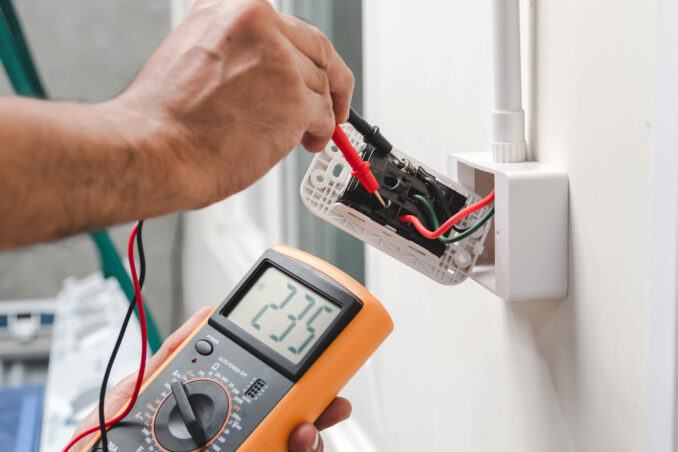
Source:cpdonline.co.uk
PAT testing is done to safeguard all portable electronics such as lamps, fans, vacuum cleaners, coffee makers, microwaves, iron, hairdryers, and so on. It is a necessity and not a compulsion. If you like to keep your equipment up to date and would not like to cause any inconvenience to you – you must get an examination done. Above all, it is beneficial!
You can do this process once in three months for small and daily used appliances. Whereas for large and occasionally used ones – it is all right to do it once a year. Generally, heavy devices have a low level of risk. However, this does not imply that they do not need inspection and testing at all.
Bottom-line
Coming to the end of the DIY guide – it is difficult to decide whether DIY PAT testing is worth it or not, as it has several pros and cons. At one point, you may save money and time by doing it yourself, but getting it done by a professional has another level of expertise.
It is best to DIY when issues are minor and call an expert if something significant exists. Both choices are sensible and absolutely worth it. Whenever you plan on doing anything by yourself, follow the checklist and keep an individual beside you so that if any problem occurs, they can rescue you immediately.


